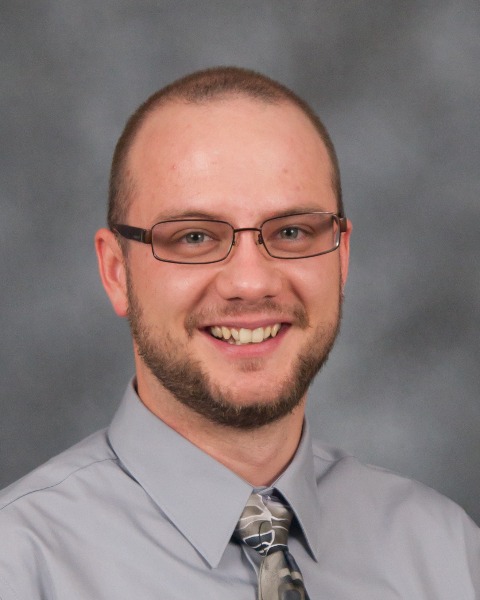Special Populations (SPO)
Category: Member Submission
Poster Session II
PII-197 - CLINICAL EFFECTS OF MEDICAL CANNABIS FOR POST-TRAUMATIC STRESS DISORDER (PTSD) IN CHILDREN, ADOLESCENTS, AND YOUNG ADULTS - A RETROSPECTIVE COHORT STUDY BASED ON MINNESOTA'S MEDICAL CANNABIS REGISTRY.
Thursday, March 28, 2024
5:00 PM - 6:30 PM MDT
V. Popescu1, P. Croarkin2, S. Park3, J. Vande Voort2; 1Mayo Clinic, Rochester, MN, , 2Mayo Clinic, 3Minnesota Department of Health.

Vlad I. Popescu, PharmD (he/him/his)
NIH T32 Pediatric Clinical Pharmacology Fellow
Mayo Clinic
Kasson, Minnesota, United States
Presenting Author(s)
Background: There has been a growing public interest in the use of cannabis for the treatment of psychiatric conditions including Post-Traumatic Stress Disorder (PTSD), despite limited clinical evidence. Medical cannabis programs have been established in 38 states, including Minnesota, and have greatly expanded accessibility to this alternate therapeutic option. Despite this, there is a lack of outcome data and evidence for the use of medical cannabis for PTSD in children, adolescents, and young adults. In this study, we aimed to describe patient characteristics, demographics and clinical outcomes as assessed with the PTSD Checklist for DSM-5 (PCL-5) in young patients with PTSD who received medical cannabis therapy.
Methods: We performed a retrospective cohort study of 2441 children, adolescents, and young adults ( < 26 years of age) with PTSD enrolled in the Minnesota Medical Cannabis Patient Registry between 7/18/2017 and 5/25/2022. PCL-5 was assessed at Baseline, 3-Month, 1-Year, and 2-Year timepoints on a sample of 237 patients and compared using the Pairwise Wilcoxon Signed Rank Test.
Results: Of the patients enrolled, 2127 (87.1%) made at least one purchase during this time frame. Patients ≤18 years of age comprised < 8% of the cohort. A total of 52,569 cannabis extract products were dispensed during this time frame. Products for inhalation (vaporized oil) accounted for 71% of products dispensed, followed by oral/enteral products (capsules, tablets, oral solutions) which accounted for 24%, and oromucosal products (tinctures, lozenges, sublingual sprays, orally dissolvable tablets) which accounted for 5% of products dispensed. Side effects were mostly mild in severity with most common side effects being dry mouth followed by increased appetite. Patients reported a median Total PCL-5 score (80-point scale) of 61 (IQR=14), 37 (IQR=25), 46 (IQR=25), and 45 (IQR=26) at Baseline, 3-Month, 1-Year, and 2-Year timepoints, respectively. A statistically significant difference in median PCL-5 score was found between all post-treatment timepoints and Baseline (p < 0.001).
Conclusion: Our findings suggest a reduction in PTSD severity with medical cannabis use. Medical cannabis treatment was well tolerated. Further research is needed to evaluate the potential role of medical cannabis in the treatment of PTSD in children, adolescents, and young adults.
